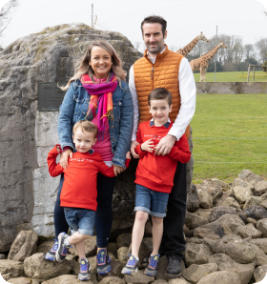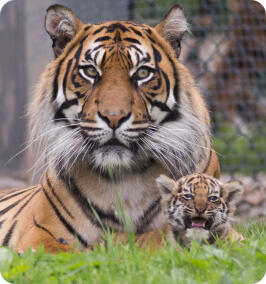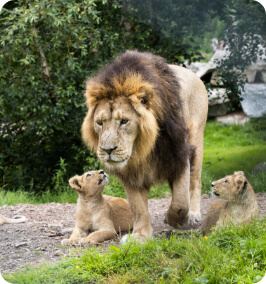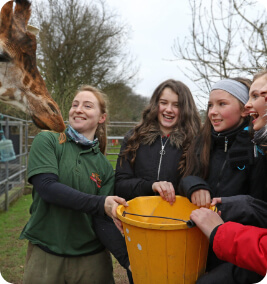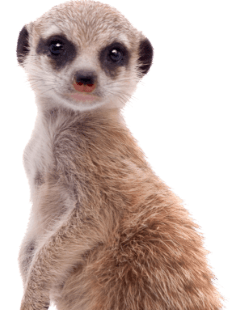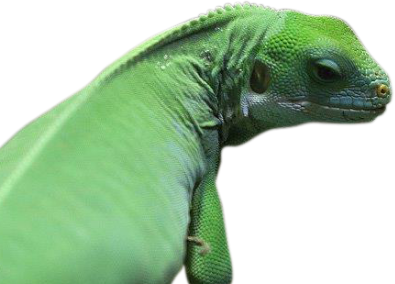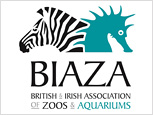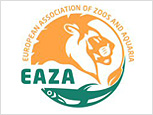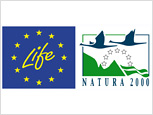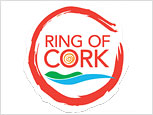Indian Peafowl
KEY FACTS
-
LATIN NAMEPavo cristatus
-
BIOMETemperate Forests
-
CLASSBirds
-
ORDERBirds
-
CONSERVATION STATUSLeast Concern
COME AND FIND ME AT..
Free Roaming

Indian Peafowl
The Indian Peafowl is one of the animals to best combine elegance with a lifestyle in the wild. Males, called Peacocks, are electric blue and green in colour and can stretch up to 115cm in length from bill to tail. They are best known for their magnificent tail train, which can reach up to five metres in length when fully extended, and contrast sharply in appearance from the mottled brown colour of the female.
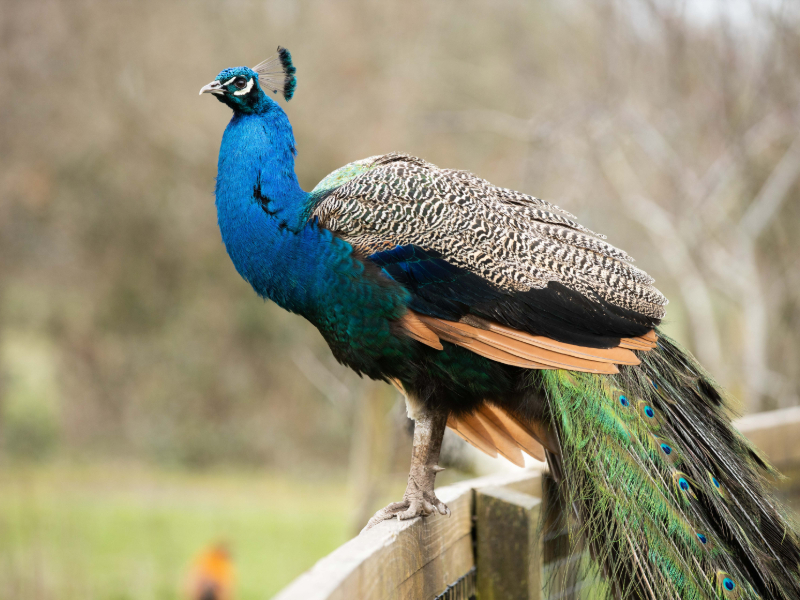
Habitat
Peafowl are actually giant pheasants and are found in open forests throughout India, Pakistan and Sri Lanka.
Wild Notes
The bird’s diet consists mainly of seeds as well as insects, fruit and reptiles. They forage for food and nest on the ground, despite being able to fly and having a tendency to roost in trees.
The male uses its stiff, elongated feathers – raised in the shape of a fan – during courtship displays and then molts the train while the female is busy laying eggs and rearing the peachicks. Peahens generally lay between four and eight eggs, which take 28 days to hatch, and are not assisted in any way by the Peacock during this time.
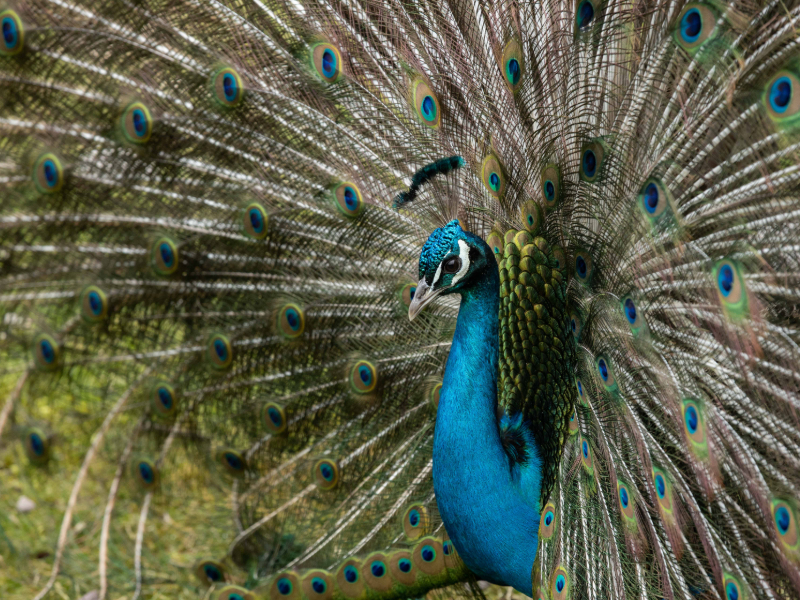
Conservation
Peafowl are found in the wild across South Asia and are protected culturally and legal in countries, especially India. It is estimated that over 100,000 individuals are in existence but illegal poaching for meat is ongoing and a decline in numbers has been noted in certain parts of India.
Did You Know?
The Peafowl is a sacred bird to Hindus, who believe the eyespot feathers on its tail symbolise the eyes of the Gods. Also celebrated in Greek mythology, the species has been the national bird of India since 1963.
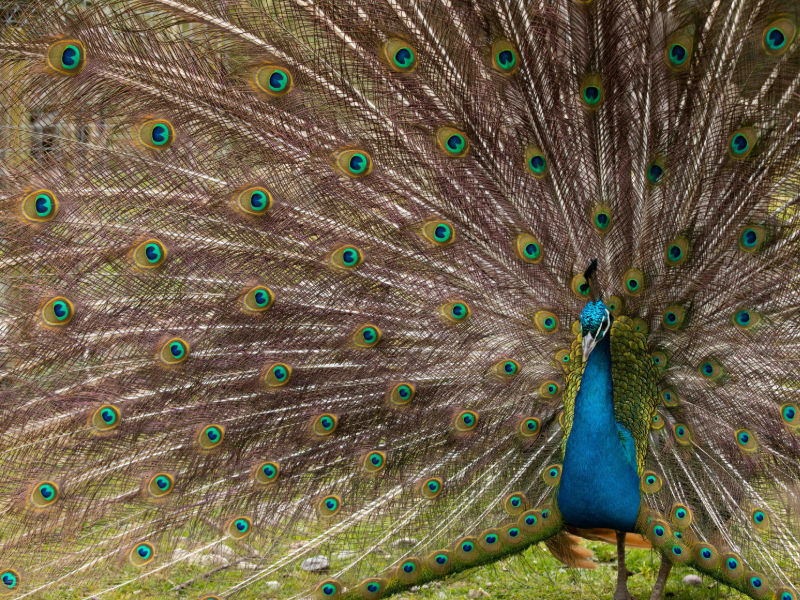
The Fota Connection.
Peafowl are quite common in Ireland because of the country’s connection with the British Empire and the historic demand for the bird to be kept on some of our large estates. Males provide magnificent spectacles with their tail feathers, a sight that continues to draw visitors’ attention in the Park. The bird has a long-established link with Fota and has once again been increasing its numbers in Cork over recent years.
